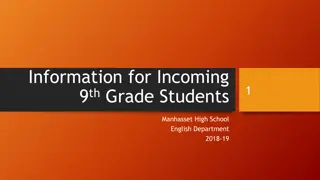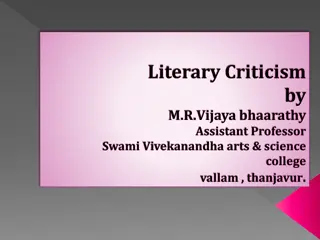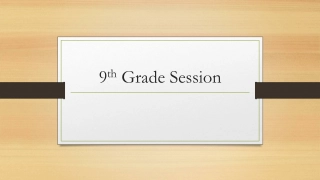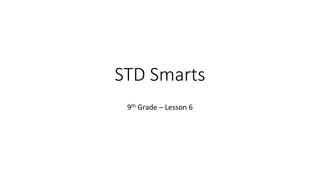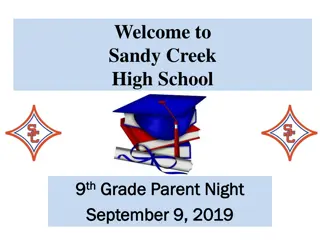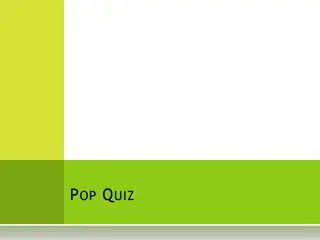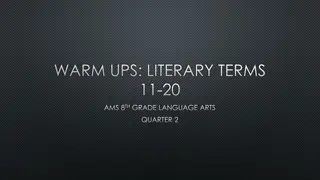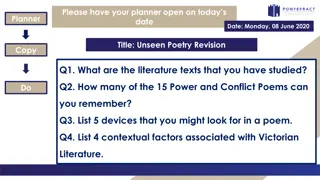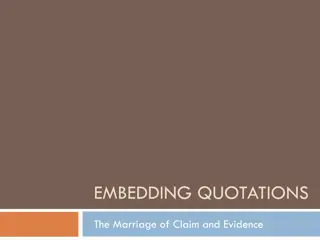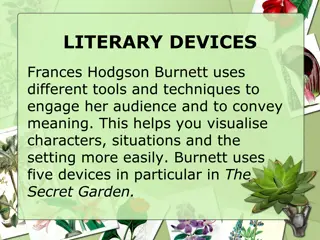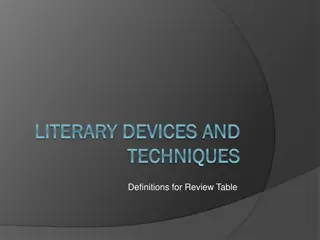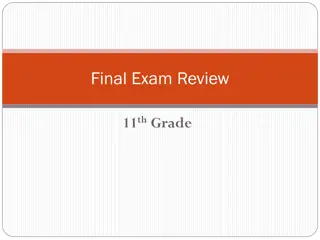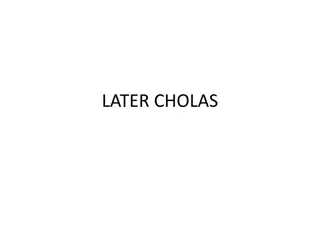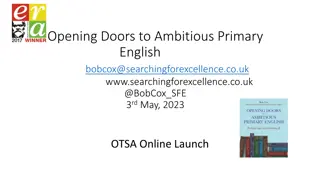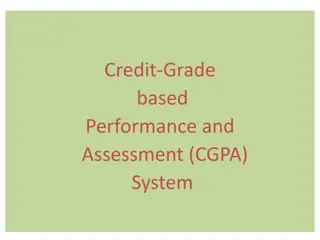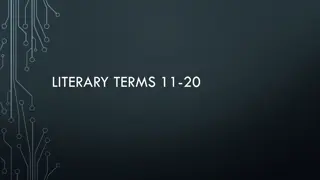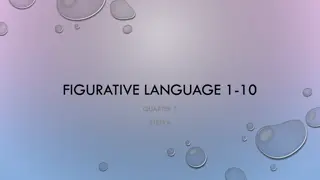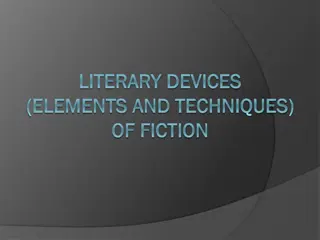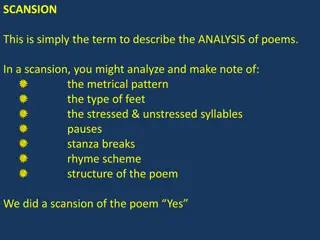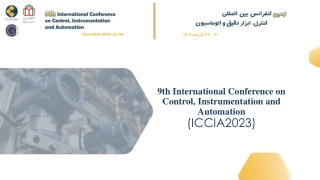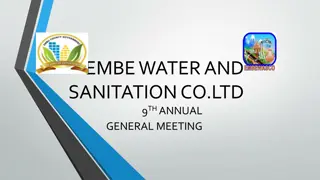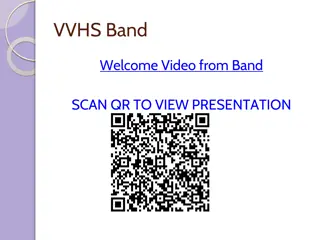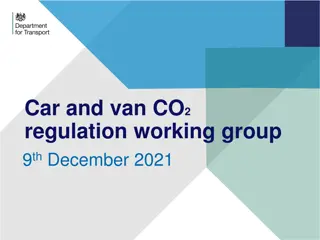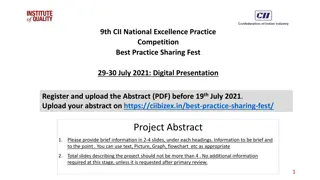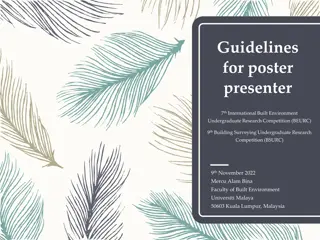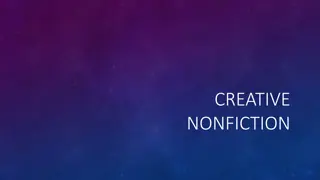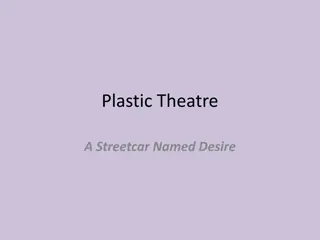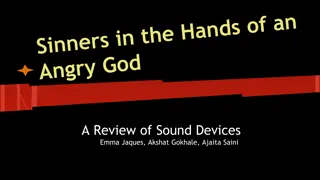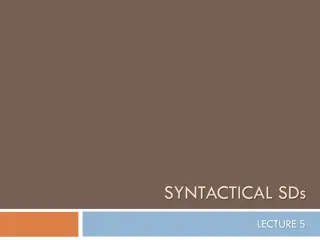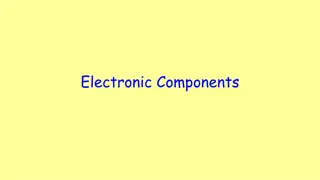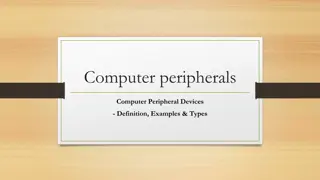Exploring Literary Devices in 9th Grade English
Dive into the world of literary devices commonly studied in 9th-grade English classes. Discover the power of imagery in creating vivid sensory experiences, differentiate between metaphor and simile, explore extended metaphors that span beyond a single sentence, grasp the nuances of connotation and denotation, and delve into personification and apostrophe. Enhance your understanding with examples and visual aids.
Download Presentation

Please find below an Image/Link to download the presentation.
The content on the website is provided AS IS for your information and personal use only. It may not be sold, licensed, or shared on other websites without obtaining consent from the author. Download presentation by click this link. If you encounter any issues during the download, it is possible that the publisher has removed the file from their server.
E N D
Presentation Transcript
LITERARY DEVICES 9thGrade English
Imagery Descriptive words and phrases that recreate sensory experiences for the reader. Imagery usually appeals to the five senses-- sight, hearing, smell, taste, and touch to help the reader imagine exactly what is being described. Example: Walls of thick vegetation rose up on all sides and arched overhead in a lacy canopy that filtered the light to a soft shade. It had just rained; the air was hot and steamy. I felt enclosed in a semitropical terrarium, sealed off from a world that suddenly seemed a thousand miles away. - From Midnight in the Garden of Good and Evil by John Berendt
Metaphor vs. Simile A metaphor is a comparison of two unlike things without the use of signal words A simile is a comparison of two unlike things using the words like, as, or resembles. Examples: The paintbrush was a magic wand in his hand. My dad is like a child when he is at the beach.
Extended Metaphor Extended Metaphor Definition. The term extended metaphor refers to a comparison between two unlike things that continues throughout a series of sentences in a paragraph or lines in a poem. It is often comprised of more than one sentence and sometimes consists of a full paragraph. The dark is an unknown and scary black blanket, a place of nightmares. It is a deep hole where light cannot reach, and where horror resides. Their heart is icy, blood frosty, its ventricles rich with icicles; and their words have turned into ice cubes that can chill iced tea. Life is a book, lying on a tabletop, its pages outspread like a thousand wings of a bird. Life is like eating a grapefruit. First, one breaks its skin; then one takes a few bites to get used to its taste, and finally one starts enjoying its flavor. (This is technically a simile that is extended. Why?)
Connotation and Denotation Denotation: The dictionary definition of a word. Connotation: Connotation refers to a meaning that is implied by a word apart from the thing which it describes explicitly. Words carry cultural and emotional associations or meanings in addition to their literal meanings or denotations. For instance, Wall Street literally means a street situated in Lower Manhattan but connotatively it refers to wealth and power .
Personification A figure of speech in which human qualities are given to inanimate objects or nonhuman beings. Examples: The wind whistled through the trees. The daffodils were dancing in the breeze. (Both of these are also examples of alliteration alliteration.)
Apostrophe A figure of speech in which an absent or dead person, an abstract quality , or something non-human is addressed directly. Example Roll on, thou deep and dark blue Ocean roll! Oh Captain, my captain! (Walt Whitman wrote this poem to Abraham Lincoln after hearing of his death.)


